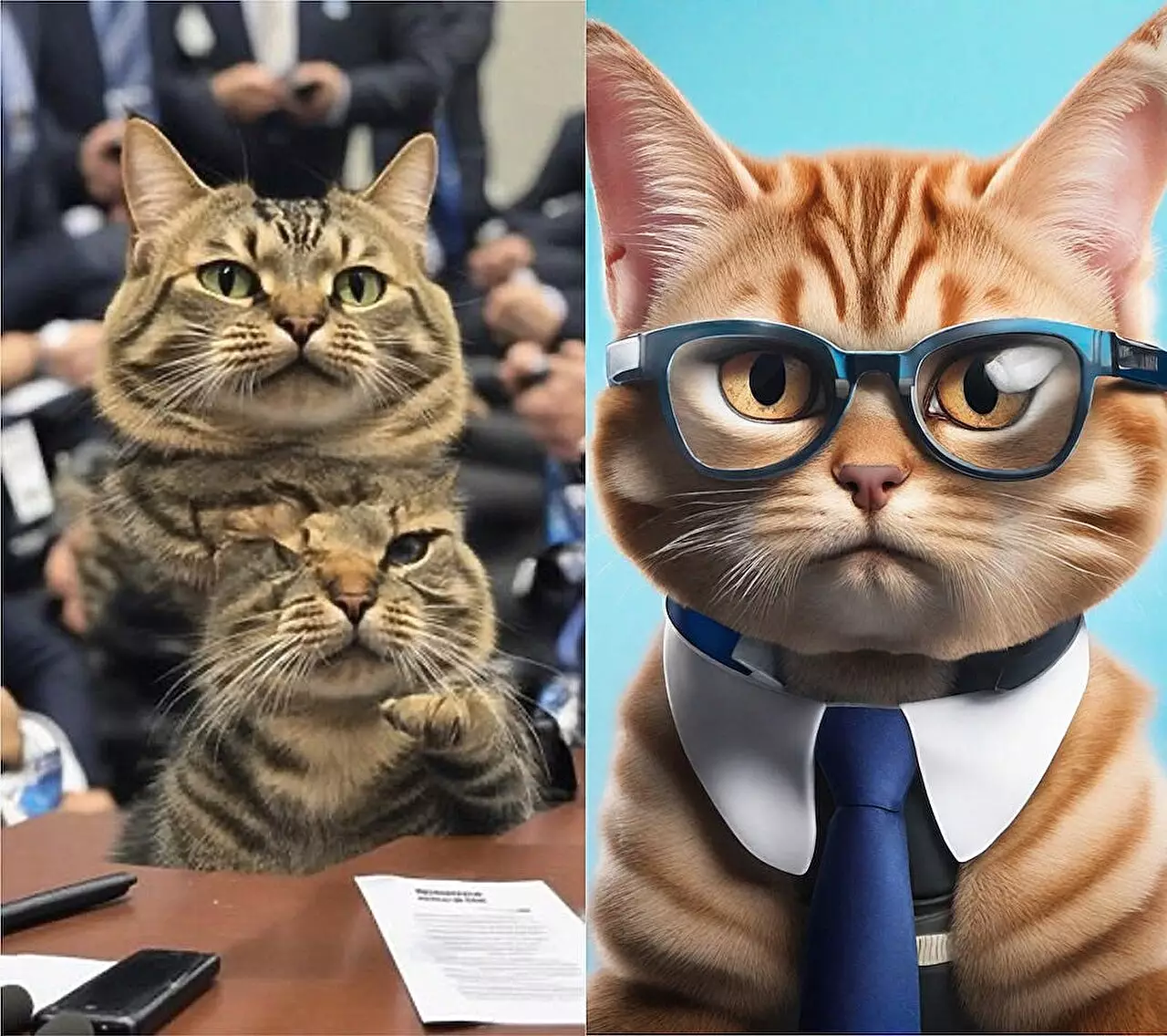Generative artificial intelligence (AI) has made significant advancements in various fields, particularly in image generation. However, these systems often struggle with the intricacies of producing consistent and finely detailed images. Issues such as distorted details, unrealistic anatomy (like distorted fingers), and inconsistencies in facial features frequently plague the output of popular models like Stable Diffusion, Midjourney, and DALL-E. The limitations become even more pronounced when users request images in non-standard formats or different resolutions, revealing the fragility of these AI frameworks.
Understanding the roots of these limitations is essential to grasp the groundbreaking potential of a new method pioneered by a team at Rice University. Their innovative approach, named ElasticDiffusion, offers promising solutions to rectify common pitfalls in existing generative AI models.
Diffusion models, the backbone of numerous state-of-the-art generative AI applications, work by introducing layers of random noise to a dataset before incrementally removing that noise. This process “teaches” the AI to understand and create images based on patterns hidden within the noise. Despite their impressive capabilities in generating lifelike and photorealistic images, diffusion models have been constrained by an inherent limitation: they predominantly produce square images. When tasked with generating images in varying aspect ratios—in formats like 16:9 commonly used for screens or specific formats like on smartwatches—these models often fail, leading to peculiar repetitions and distortions in their outputs.
This issue centers on a phenomenon known as overfitting. Models trained on a narrow range of image resolutions exhibit high specificity, performing well within those confines but faltering outside them. Although theoretically, training on a diverse array of images could remediate this problem, it poses significant challenges, including exorbitant computational costs and resource demands.
ElasticDiffusion, as conceived by Moayed Haji Ali, a Rice University Ph.D. student, represents a notable departure from traditional methods in diffusion modeling. Instead of entangling local (detailed) and global (contextual) signals, ElasticDiffusion disentangles these aspects, processing them through distinct pathways. This critical innovation allows the model to handle non-square images more effectively.
Haji Ali’s approach involves segregating local signals, like pixel-level details, from global signals, which carry the overarching structure of the image. By doing this, the model can independently manage each signal, mitigating the confusion and duplication issues that have characterized earlier generative models. This enables ElasticDiffusion to construct images by focusing on one quadrant at a time, filling in the intricate details in context with what the entire scene should represent, thus enhancing quality and coherence considerably.
One of the most significant advantages of ElasticDiffusion is its ability to generate images with improved clarity across varying aspect ratios without requiring extensive retraining of the existing model. The architecture of the ElasticDiffusion method indicates that it can bridge the gap between the diverse image types seen in the real world and the rigid expectations set by standard generative models.
Moreover, this method’s ability to retain the intricate details of the image while providing a broad global context could revolutionize various applications across industries. From gaming and virtual reality to advertising and entertainment, the implications of producing more accurate and aesthetically pleasing images are profound. Improved generative capabilities can also lead to better applications in education, art, and design—fields that increasingly rely on high-quality visual outputs.
Despite its promise, ElasticDiffusion comes with its challenges, most notably in terms of processing time. Currently, generating an image with ElasticDiffusion can take anywhere from six to nine times longer than other established models. Addressing this issue will be critical as researchers and developers strive to make ElasticDiffusion a practical solution for widespread use.
Looking ahead, Haji Ali has aspirations for further advancements in this realm. He envisions developing a framework that not only addresses the repetitiveness seen in image generation but also navigates the dynamics of aspect ratios effortlessly, achieving rapid inference times comparable to existing models. This could pave the way for more flexible and adaptive AI in image generation, unlocking new potentials for creative and commercial applications.
ElasticDiffusion symbolizes a significant leap forward in the field of generative artificial intelligence. By addressing existing issues in image modeling—particularly those related to aspect ratios and detail consistency—it opens new avenues for further exploration and application. The journey of refining this method will likely herald an era where the limitations of generative AI are progressively overcome, culminating in tools that better serve creators and consumers alike in the evolving digital landscape.


Leave a Reply